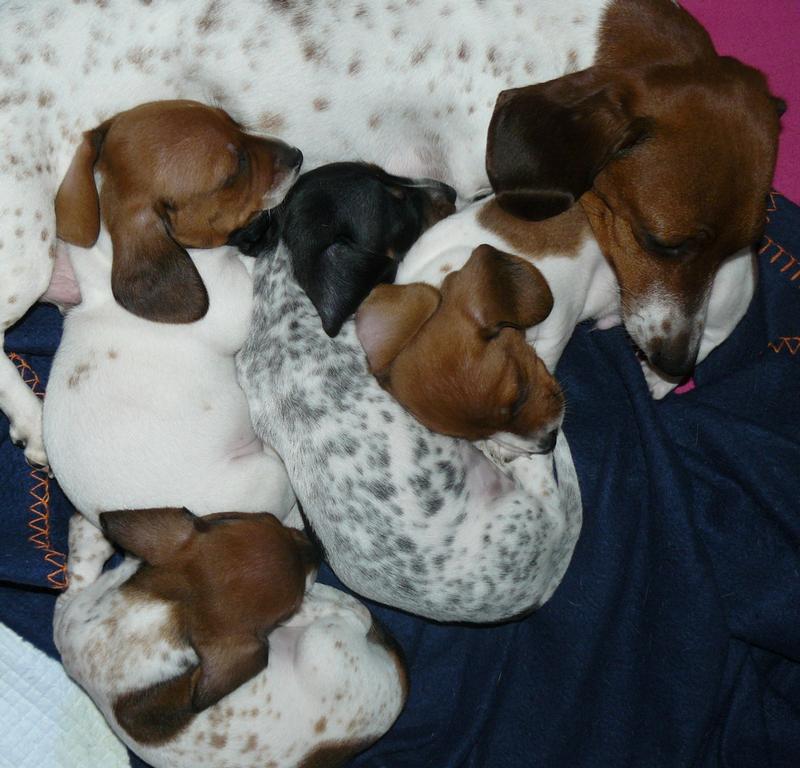

An increasingly common size for family pets falls between the miniature and the standard size, frequently referred to as "tweenies."Ī full-grown standard dachshund averages 16 lb (7.3 kg) to 28 lb (13 kg), while the miniature variety normally weighs less than 12 lb (5.4 kg). Although the standard and miniature sizes are recognized almost universally, the rabbit size is not recognized by clubs in the United States and the United Kingdom, but is recognized by all of the clubs within the Fédération Cynologique Internationale (World Canine Federation) (FCI), which contain kennel clubs from 83 countries all over the world. Its snout is long with an increased nose area that absorbs odors.ĭachshunds come in three sizes: standard, miniature, and kaninchen (German for "rabbit").

The dachshund has a deep chest to allow enough lung capacity to keep going when hunting.
#PIEBALD DOXIE SKIN#
It has skin that is loose enough not to tear while tunneling in tight burrows to chase prey.

Its front paws are unusually large and paddle-shaped, for efficient digging. The typical dachshund is long-bodied and muscular, with short, stubby legs. Part of the controversy is because the dachshund is the only certifiable breed of dog to hunt both above and below ground In the Fédération Cynologique Internationale (World Canine Federation), or FCI, the dachshund is actually in its own group, Group 4, which is the dachshund group. An argument can be made for the scent (or hound) group classification because the breed was developed to use scent to trail and hunt animals, and probably descended from scent hounds, such as bloodhounds, pointers, Basset Hounds, or even Bruno Jura Hounds but with the persistent personality and love for digging that probably developed from the terrier, it can also be argued that they could belong in the terrier, or "earth dog", group.

Many dachshunds, especially the wire-haired subtype, may exhibit behavior and appearance that are similar to that of the terrier group of dogs. While classified in the hound group or scent hound group in the United States and Great Britain, there are some who consider this classification to be arguable, speculating that it arose from the fact that the word Hund is similar to the English word hound – and the word "Dachshund" has even been anglicized as "Dash Hound". Although "dachshund" is a German word, in modern German they are more commonly known by the name Dackel or, among hunters, Teckel. Because of their long, narrow build, they are often nicknamed hot dog, wiener dog or sausage dog. The pronunciation varies widely in English: variations of the first and second syllables include /ˈdɑːks-/, /ˈdæks-/, /ˈdæʃ-/ and /-hʊnt/, /-hʊnd/, /-ənd/. The name "dachshund" is of German origin and literally means "badger dog", from Dachs ("badger") and Hund ("dog"). In the American West they have also been used to hunt prairie dogs. The standard size dachshund was bred to scent, chase, and flush out badgers and other burrow-dwelling animals, while the miniature dachshund was developed to hunt smaller prey such as rabbits. The dachshund (UK play /ˈdæksənd/ or US /ˈdɑːkshʊnt/ DAHKS-huunt or US /ˈdɑːksənt/ German: ) is a short-legged, long-bodied dog breed belonging to the hound family.


 0 kommentar(er)
0 kommentar(er)
